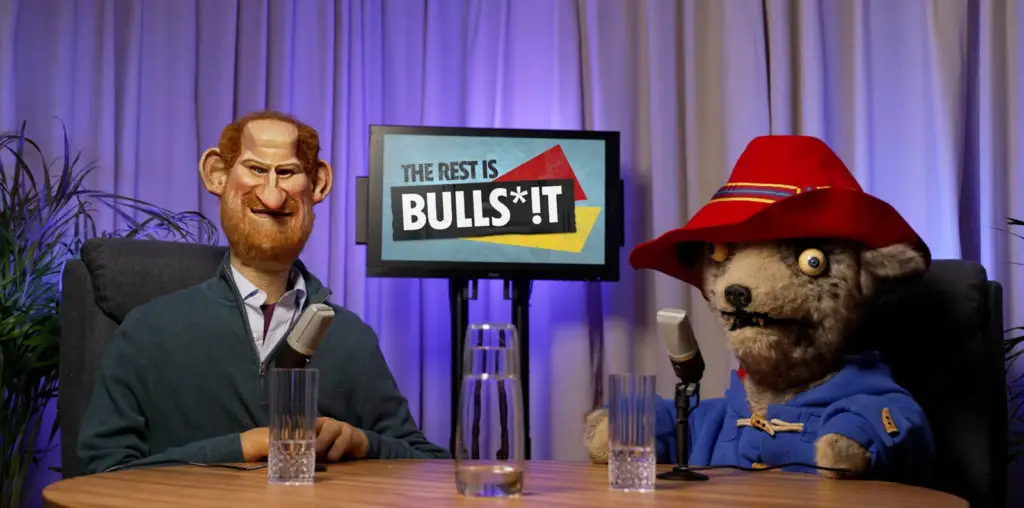
How did you meet They Might Be Giants? ^ In the mid-90s I had started a music video company and one of the directors that I started working with was John Flansburgh, who is one of the Johns in They Might Be Giants. He was starting to direct music videos for his own band and Frank Black and he had a great graphic style. I was just a kid and was sort of surprised that when I asked him to work with me, he said yes. I ended up meeting John Linnell backstage at concerts, but I really got to know him making this movie.
What made this band so compelling that a documentary was necessary to tell the story? ^ Well, there is a certain thing about longevity, especially for a band that isn’t a household name. They really are a very unique band in terms of the music they make and the ways in which they promote themselves, which is refreshing. We spend so much time bemoaning the state of music today, the cookie-cutter quality of bands, that it was interesting to explore a band that truly is doing its own thing. And to have done it for twenty-plus years and not be an oldies act with a legion of forty-year old fans, that’s quite an achievement.
Off stage, what are these guys like? ^ It’s funny, because I think that while the documentary is not an expose, not intended to delve into their most inner personal places, I think that the guys you see in the movie are exactly the two guys who I know. Funny, urbane, smart, perhaps a little eccentric, great storytellers.
Okay, what are they REALLY like? ^ Okay, you caught me. They’re actually nothing like they appear in the movie. In fact, they’re not a real band at all. They’re actually actors that we found during a nationwide talent search. At first, we were going to go with names like Andy Richter and Steve Buscemi in the parts of John and John, but the feeling was that it would be more difficult to pull it off. I mean, at least in Spinal Tap, they had wigs. So we found these two guys, Kevin Turanski, who plays Flansburgh, and Michael O. Moore (he had to add the O to differentiate himself from the Oscar winning director), who plays Linnell. They were really great to work with, especially Kevin, who we found doing the musical “Big River” in a summer theatre in Boonville, Missouri. Michael had done a few appearances on “Law and Order: Special Victims Unit,” so we knew he’d be good, but Kevin really felt like a discovery.
Has this experience changed your ideas about the music business? ^ In a weird way I sort of feel sorry for the music business. I know that’s not a commonly held feeling, but I love music and I would like to see a healthy and creative record industry. But I feel that it’s an industry that is constantly playing defense. Even when it has a success, it almost seems like a surprise. And, granted, I think that many of the wounds are self-inflicted – the mergers, the strange flat-footed reaction to the internet. It’s strange to see this huge important industry that’s really at a loss for where their business is going to be 18 months down the line.
What is the thing that surprised you most about the band? ^ I never quite grasped their origins in the East Village performance art scene of the early ’80s. Flansburgh had mentioned it casually in conversation, but I guess it flew right past me. That was such an interesting time, such an interesting scene that we can only touch on briefly in the movie. And it makes such sense in retrospect, like of course they’re performance artists.
Ever thought about playing in a band yourself, and if so, what would your band be called? ^ I think I would have loved to be in a band, but I gave up on the guitar after a few months of lessons. At different points I would have loved being in a punk band or a power-pop indie rock band. I was hanging out with my friend Robin Goldwasser in New York and we were talking about doing a two-piece project called Ladies Time, where we’d do covers of songs by and for lesbians. That might have been the liquor talking, but I think it’s an idea that is still worth exploring.
